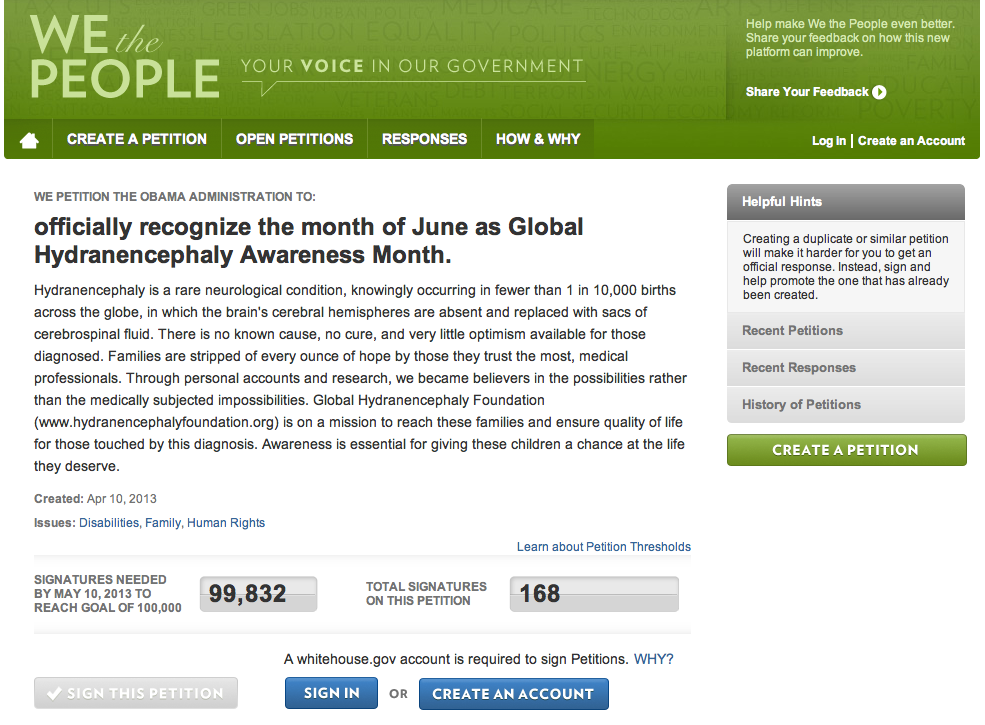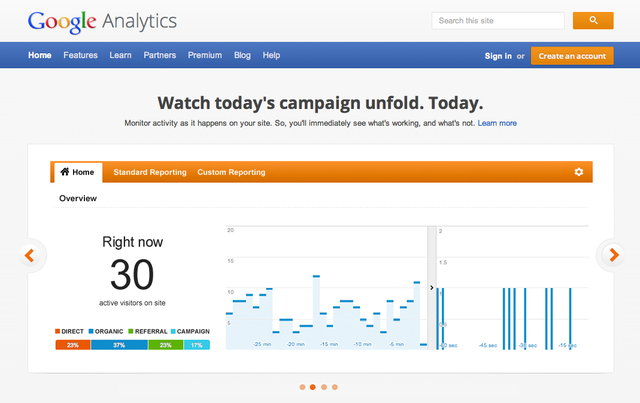
Be clear, optimize and analyze for great impact
Target audience: Nonprofits, cause organizations, foundations, NGOs, social enterprises, businesses, marketers, Facebook users.
 When you think about calls to action on your website, you typically think about landing pages. For example, your donation page or your email sign-up form.
When you think about calls to action on your website, you typically think about landing pages. For example, your donation page or your email sign-up form.
But how often do you think about the calls to action in the blog posts you’re publishing each week?
Before we get into the nitty gritty, let’s get one thing straight:
The chief purpose for your website is to encourage people to act. Whether it’s making a donation, joining your email list, signing a petition, or changing a habit, the purpose of your website is to encourage actions.
Here are six simple ways to improve the calls to actions in your blog posts:
Be clear about your objective

1What do you want your reader to do? Do you want them to subscribe to your email list? Share a petition with their friends? And what’s the most likely action they’ll take? The more clear you are about what you want them to do, the better.
Know the difference between an FYI and a CTA

Photo by Sean MacEntee via Creative Commons
2There are two reasons for linking text in your blog post. You either want to provide more information about the particular idea, or you want them to take action.
When you’re simply providing information, links help keep your blog posts short and concise by linking to additional information instead of including it in the blog post. For example, rather than explaining what anchor text is, I can simply link to a definition. I don’t need to make a big deal about calling your attention to that information; I can just provide a link within the text.
Call-to-action links lead the reader to the place where you want them to take action. This is where you do want to make a big deal. Make a point of explicitly calling out the desired action. For example, “Click here to sign the petition.”
Optimize how you target links
3Links open in one of two ways:
• Within the same browser window (_self or not including any “target”)
• Within a new browser window or tab (_blank)
Generally speaking, you want calls to action to open within the same window. This way, you send the reader down the path you want them to take. If they click on a call-to-action link, you want them to keep going, with no other options.
Include calls to action at the end of blog posts
4People are more likely to take an action if they’ve received some value in advance. If you ask them to sign a petition at the beginning of your blog post, you’re asking them to make a leap of faith. But if you build an argument for the cause first, the petition will makes sense as a natural next step.
Embed forms directly into blog posts
5Another approach is to include a Web form or widget directly in the blog post. This removes the potential hurdles of clicking through a link to a new Web page.
Use Google Analytics

6Finally, make a point of measuring what works for your audience. You can do this by creating goals in Google Analytics. Each time someone completes a goal, a conversion is logged in your Google Analytics account, allowing you to compare different call-to-action methods.John Haydon delivers social web strategy solutions for “the quick, the smart, and the slightly manic.” Curious? Then visit the John Haydon blog, follow him on Twitter or leave a comment.
 This work is licensed under a Creative Commons Attribution-NonCommercial 3.0 Unported.
This work is licensed under a Creative Commons Attribution-NonCommercial 3.0 Unported.








